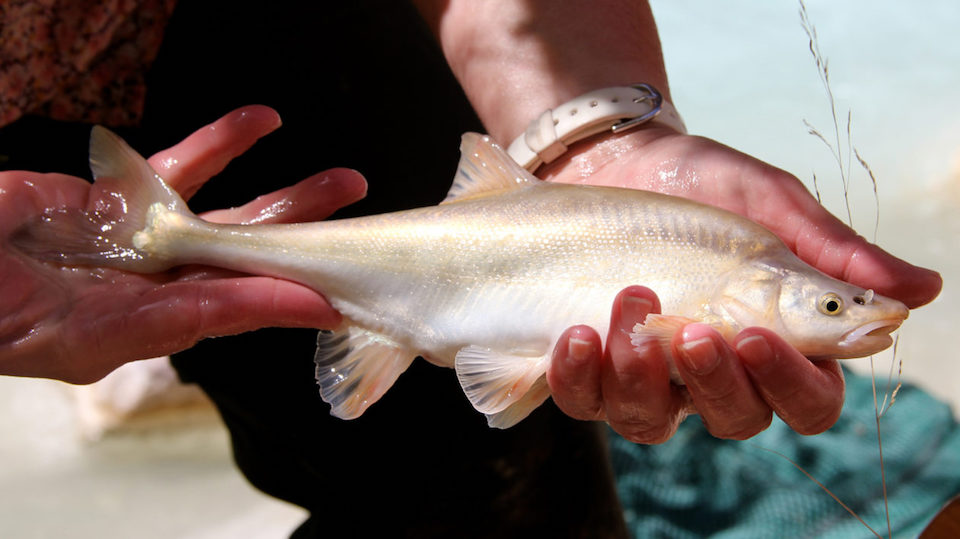
U.S. Secretary of the Interior David Bernhardt has unveiled changes to the implementing regulations of the Endangered Species Act (ESA) that Interior says is “designed to increase transparency and effectiveness and bring the administration of the Act into the 21st century.”
The changes finalized by Interior’s U.S. Fish and Wildlife Service and the Department of Commerce’s National Marine Fisheries Service apply to ESA sections 4 and 7. Section 4, among other things, deals with adding species to or removing species from the Act’s protections and designating critical habitat. Section 7 covers consultations with other federal agencies.
“The revisions finalized with this rulemaking fit squarely within the President’s mandate of easing the regulatory burden on the American public, without sacrificing our species’ protection and recovery goals,” said U.S. Secretary of Commerce Wilbur Ross. “These changes were subject to a robust, transparent public process, during which we received significant public input that helped us finalize these rules.”
The ESA directs that determinations to add or remove a species from the lists of threatened or endangered species be based solely on the best available scientific and commercial information. The regulations retain language stating, “The Secretary shall make a [listing] determination solely on the basis of the best scientific and commercial information regarding a species’ status.”
The revisions clarify that the standards for delisting and reclassification of a species consider the same five statutory factors as the listing of a species.
According to a press release, while this administration recognizes the value of critical habitat as a conservation tool, in some cases, designation of critical habitat is not prudent. Revisions to the regulations identify a non-exhaustive list of such circumstances, but this will continue to be rare exceptions.
When designating critical habitat, the regulations reinstate the requirement that areas where threatened or endangered species are present at the time of listing be evaluated first before unoccupied areas are considered. In addition, the regulations impose a heightened standard for unoccupied areas to be designated as critical habitat. On top of the existing standard that the designated unoccupied habitat is essential to the conservation of the species, it must also, at the time of designation, contain one or more of the physical or biological features essential to the species’ conservation.
To ensure federal government actions are not likely to jeopardize the continued existence of listed species or destroy or adversely modify their critical habitat, federal agencies must consult with FWE and NMFS under section 7 of the Act.
The revisions codify alternative consultation mechanisms
that may provide greater efficiency for how ESA consultations are conducted. They also establish a deadline for informal consultations to provide greater certainty for federal agencies and applicants of timely decisions, without compromising conservation of ESA-listed species.
Revisions to the definitions of “destruction or adverse modification,” “effects of the action” and “environmental baseline” further improve the consultation process by providing clarity and consistency, Interior says.
In addition to the final joint regulations, FWS finalized a separate revision rescinding its “blanket rule” under section 4(d) of the ESA. The rule had automatically given threatened species the same protections as endangered species unless otherwise specified.
NMFS has never employed such a blanket rule, so the new regulations bring the two agencies into alignment. The change impacts only future threatened species’ listings or reclassifications from endangered to threatened status and does not apply to species already listed as threatened. FWS will craft species-specific 4(d) rules for each future threatened species determination as deemed necessary and advisable for the conservation of the species.






